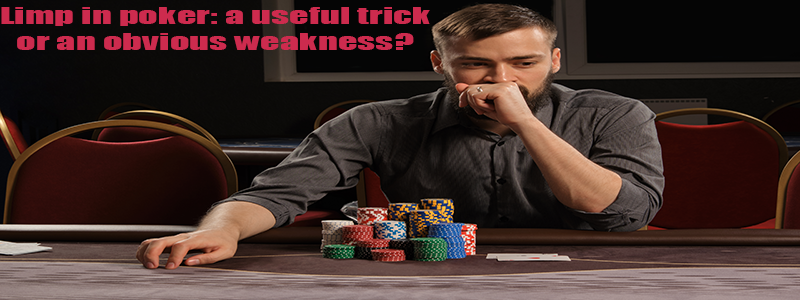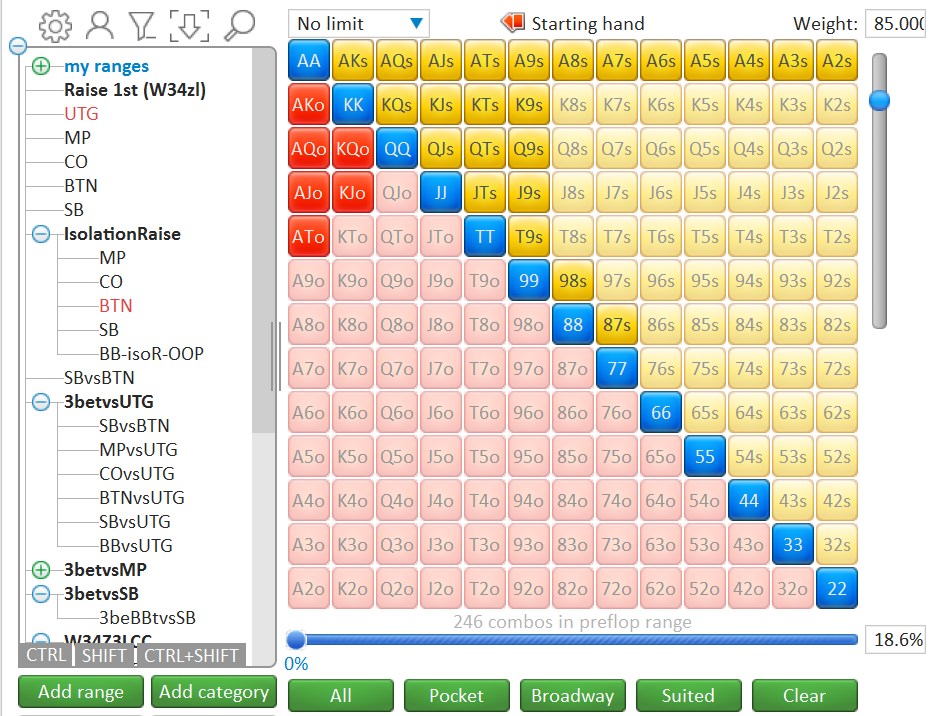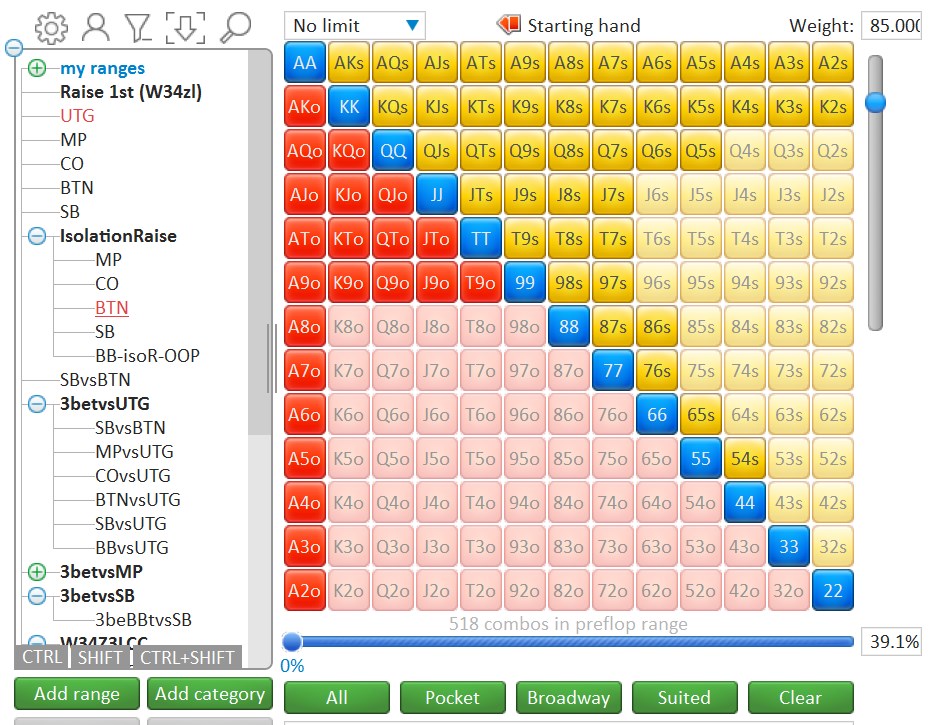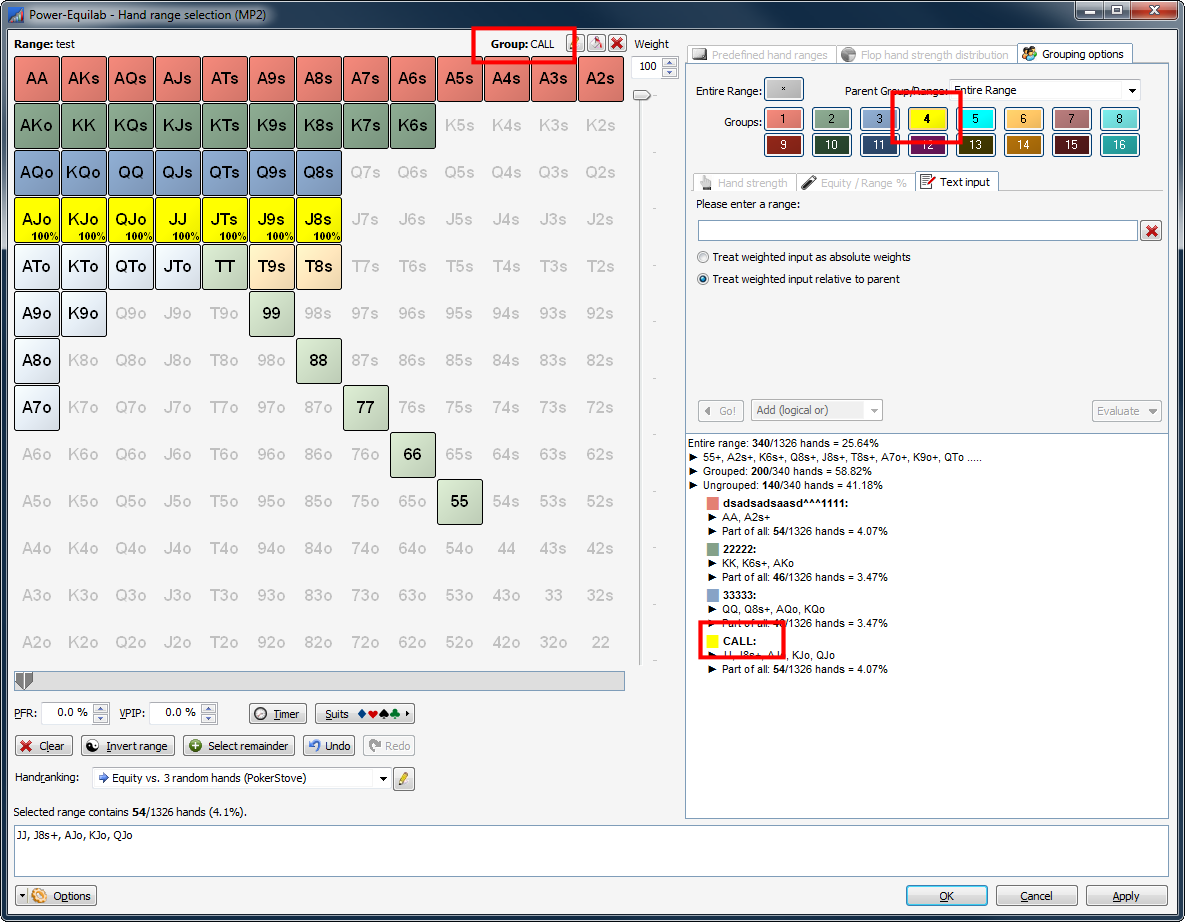Limp in poker: a useful trick or an obvious weakness?

At the poker table, the difference between a professional and an amateur is the ability to make the right move at the decisive moment of the game. The more sensible a player is with raises, 3-bets, steals and other actions, the higher his profit. However, there are also less obvious techniques in poker. In most cases it makes no sense to use them, but in rare moments they will bring more profit than standard moves. Let's discuss limp in poker.
What is limp in poker?
A limp is a poker move when a player equals the big blind to enter a hand. A limp can only be made preflop. Let's show you an example.
Stuart and Antonio are sitting at a 6-max table. The first is in MP position and the second is in BB position. Stuart announces a bet of 1 big blind. The other players show no interest in the pot and discard their cards and pass. As a result, Stuart cheaply watches the flop and gains a positional advantage over the big blind. Antonio will also value the board for free, because he paid the mandatory bet before the start of the draw. However, he will always act first on the postflop.
Limp is considered a weak play. It is used by amateurs to watch the flop for a small amount of money. Strong players are ready to raise limpers with almost any two cards. All due to an advantage in:
- skill;
- position.
The logic of a professional: "with a good hand an amateur would raise, so limping is a sign of weak cards". Moreover, many coaches recommend to mark limpers as fishes. The sign is considered so reliable that you don't have to look at the rest of your opponent's actions.
Advantages and disadvantages of limp
The arguments in favour of limp are as follows:
- Gives an opportunity to look at the flop cheaply. The trick occasionally works with weak or medium card combinations. It is useful in Spin&Go.
- Disguises the strength of the hand. Some recreational opponents play premium combinations by limp-raise. On rare occasions, the tactic works and opponents are paid with AA and KK.

With this range, it is recommended to isolate at the 6-max table from the MP position
There are more disadvantages of the limp. The main ones are:
- Do not put pressure on opponents. Equalising the big blind will not take away the pot.
- We'll give you a cheap look at the flop. The opponents will be happy to look at the common cards with minimal cost.
- Frequent isolations. Limpers always get isolated. Knowledgeable players realise that without initiative and position, a passive opponent will almost always give up.
- It's difficult to grow the bank. Let's say a limper goes all-in with J4s and catches a flush on the flop. There are 4 players in the draw. The amount of the pot on the first street postflop is as much as 4 blinds. In such a situation, it is a difficult task to collect decent money from your opponents.
When to use limp?
Limps work best at lower limits. Opponents are less likely to raise and more likely to expect traps like a limp-raise. A multipot is another good situation for a passive line. If several players have made a limp, then equalising the big blind is no longer a bad decision. An important caveat is that there are no aggressive opponents in the following positions.
Sometimes you can use a limp/raise line to set a trap for an aggressive opponent. It works well against maniacs. It is also suitable as a metagame. A bad decision in a particular hand can yield returns in the future. But don't justify terrible decisions with "mind games". The metagame will not be useful against weak opponents. Use it against observant rivals.
How to play against limp?
Many professional coaches recommend making isolation raises and c-bets to any board. At low limits, this tactic will almost always be profitable. Some amateurs are not ready to give up, so they often equalise with isolates. If your opponent doesn't care how much to call, then raise more with strong hands. For each limper, add 1 big blind to the standard 3 BB raiser. Without position, use the "4 BB + 1 BB" approach for each limper.

This is the range with which it is worth isolating on BTN
Almost always the "isolate on preflop + c-bet on the flop" draw will be profitable. If your opponent made a reraise after the limper, give up and make a notes. Next time with speculative or underpowered hands, prefer a passive line. It is possible that your opponent overvalues his hands and will lose his entire stack postflop.
Where to work with ranges?
Choosing the right hands builds a strong foundation. Many strong combinations play themselves, which makes life easier for a beginner. However, you need to work with ranges in a systematic way. Power-Equilab and FreeBetRange are the best for this purpose. The first programme is a classic equity calculator. It is convenient for grouping and analysing hands. Regularly analysis hand history develops the skill of thinking in terms of ranges. FreeBetRange is a specialised software for hands training. A range trainer will be of great benefit. In it, you can practice any range to the point of automaticity.
Power-Equilab has a free trial version for 14 days. FreeBetRange offers an open-ended trial with a limited set of tools.

The ability to color ranges makes them easier to remember
In the spots against limpers, a lot depends on statistics. Limp/Fold and Fold to C-bet stats are especially important. Sometimes they are enough to profitably isolate an opponent with any two cards. Hand2Note will help you to collect information on your opponents. The basic version of the tracker is free with no time limit. Beginners get the opportunity to play with statistics from the start of their career. To get a discount on the paid version of H2N, use promo code H2N10NU. The 10% discount is available for any type and term of subscription.
We publish all useful materials and catalogue updates in the PokerEnergy telegram channel. Subscribe to stay +EV.





 Log in
Log in  Register
Register 